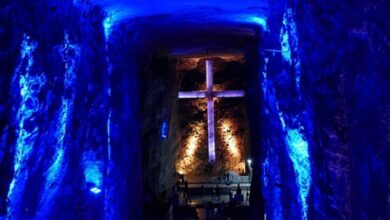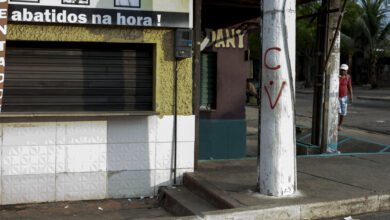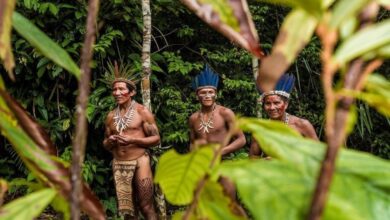Voices from the River: Indigenous Leaders Arrive in Belém with a Climate Manifesto
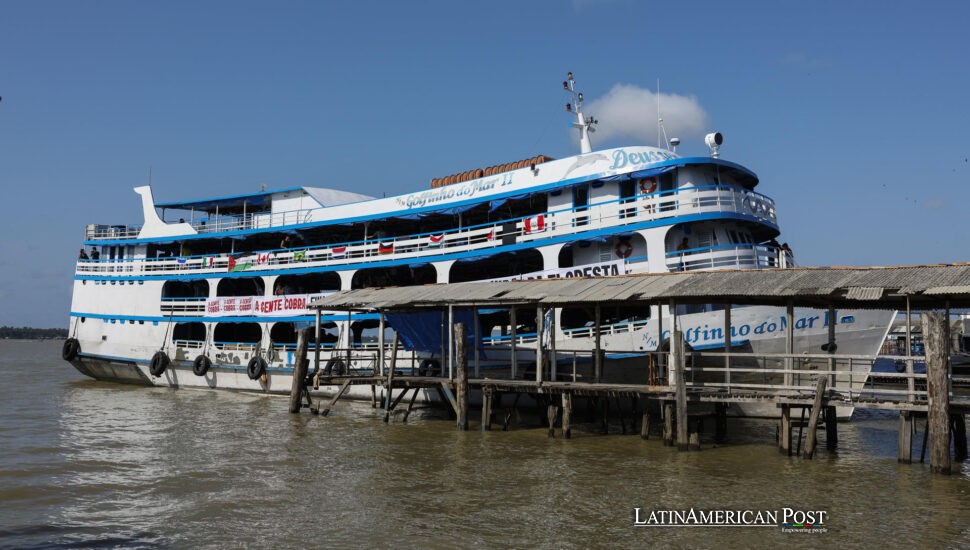
At the muddy mouth of the Guamá River, where the Amazon empties into the city of Belém, a three-decked boat called Golfinho Mar II cuts through brown water, carrying nearly two hundred Indigenous leaders who demand one thing: fund the forest’s defenders directly.
The Boat That Writes a Manifesto
Nearly two hundred Indigenous leaders and climate defenders have traveled this way, downriver and upriver, by truck, canoe, and plane, to reach the gateway city that will host COP30 next year. They arrived on the Golfinho Mar II, a floating declaration of purpose. The hammocks slung from beam to beam, the songs that ripple through the decks, the flags fluttering above the brown water—everything about this vessel is statement and symbol at once.
As the boat nudges against the dock, drums echo, and the passengers step onto land with a message honed by centuries of survival: center our voices, fund us directly, and stop treating us as spectators.
The journey from Santarém to Belém took two days, but the ideas aboard were forged over generations. On deck, hammocks sway beside hand-painted placards. Between laughter and exhaustion, delegates debate what must change when the world’s leaders meet in the Amazon next year.
“We are prepared to make this the people’s COP,” Indigenous leader Val Munduruku told EFE as she disembarked. “It’s time to denounce the violence we live and to demand climate finance for those who defend the territory—and that it reach the base.“
Her people, among the most threatened in Brazil’s Amazon, are trapped between illegal mining, logging, and organized crime. For them, climate change is not a model on a PowerPoint slide—it’s a daily siege. “If we’re defending the forest, the money must reach the defenders,” she said.
Inside the Golfinho Mar II, the conversations circled back to one point: COP30 must be more than a stage. The delegates are demanding direct financing mechanisms—money that bypasses bureaucracies and trickles straight to the communities keeping the carbon locked in their trees. “Billions mobilized” means nothing, they say, if a single community can’t use that money to pay rangers, fund clinics, hire lawyers, or build radio towers to warn of intrusions. The manifesto, painted on canvas and carried by river, is an invitation and an ultimatum: let the forest’s guardians write the terms of their own survival.
From Oaxaca’s Roadblocks to Barranquilla’s Mangroves
Each flag aboard the Golfinho Mar II carries its own wound. Mario Quintero, from Mexico’s Oaxaca state, arrived in his trademark black T-shirt—La Virgen de las Barricadas, the Virgin of the Barricades—its image blending resistance and faith. His delegation, made up of Yaqui, Purépecha, and Zapotec representatives, crossed half a continent to get here.
Their route was almost a parable of the obstacles they came to protest. “Nicaragua denied us entry,” Quintero told EFE. “We had to fly to Costa Rica instead. At one point, they detained us for four hours and held our passports.” The group believes officials were reacting to their activist profiles.
He shrugs off the inconvenience with weary pride. “Indigenous communities protect eighty percent of the world’s biodiversity,” he said. “And yet these are the very places where megaprojects are built—the wind farms, the mines, the industrial corridors that promise progress but bring dispossession.“
In his region, Quintero counts twenty-one wind farms and multiple mining concessions that, in his words, “funnel profits up while pushing costs down.” He warns that Mexico’s Interoceanic Corridor—a megaproject linking the Pacific and Atlantic—will bring roads and rails but erase cultures. His demands are elemental: peace, justice, and the right to self-determination free from corporate or state coercion.
Farther south, Jason Salgado, born in Belize and based in Colombia, represents Barranquilla +20, a group that trains women and youth in environmental leadership. He carries the story of the Ciénaga de Mallorquín, a coastal lagoon where the Magdalena River meets the Caribbean. “It’s a nursery for life,” he told EFE, “and we’re watching it vanish. Mangroves are being leveled for construction and tourism.” His voice catches when he describes fishermen selling their boats to work as security guards for the very resorts eroding their shores. “When we talk about ‘loss and damage,’ this is what it means—losing the future of a neighborhood.“
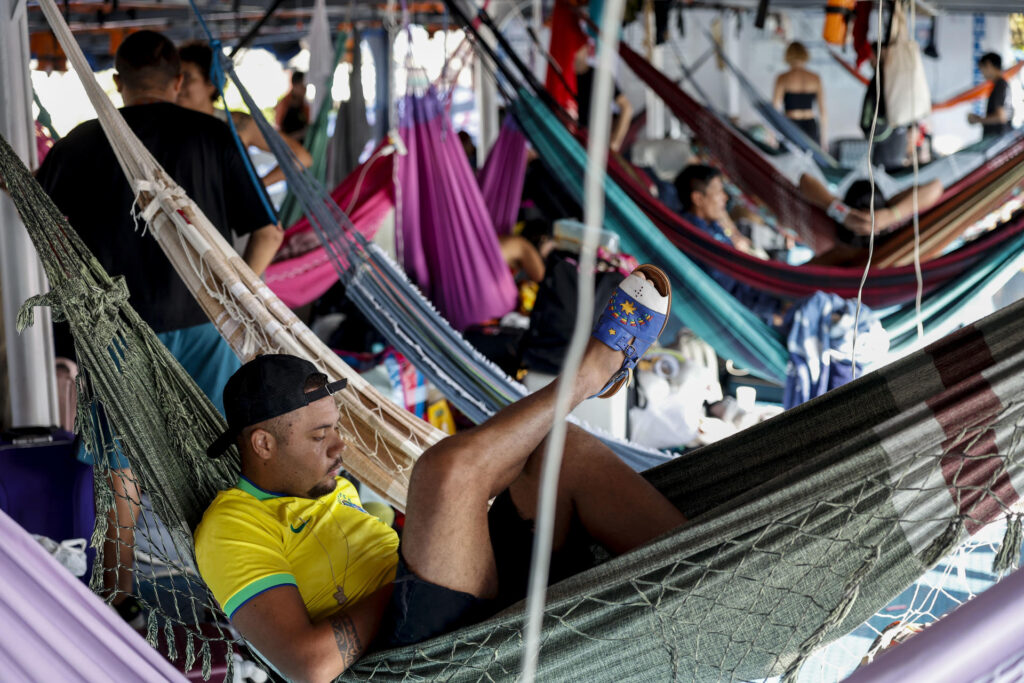
Finance to the Base, Voice at the Table
The arguments on the Golfinho Mar II are not academic. They are blueprints drawn in sweat. Ana Rosa Calado, director of the youth network Engajamundo and a member of Afro-diasporic terreiro communities, has attended enough climate conferences to lose patience. “We’ve had thirty COPs and no concrete answers,” she told EFE. “The time for listening is over—it’s time to deliver.“
Her prescription is direct: seat Indigenous and traditional leaders inside the negotiating rooms, not on the sidelines; tie funding to measurable community outcomes—forests standing, youth employed, cultures preserved—not to vague carbon math; and require all climate projects in Indigenous lands to show documented, community-led consent in their own languages.
These are not poetic demands—they are governance instructions. For every project claiming to “save” the rainforest, the question must be: who signs the contracts, who spends the money, and who lives with the consequences?
Enough Listening, Start Delivering
By dusk, the river smells of diesel and wet wood. The Golfinho Mar II has docked; its manifesto has been delivered. As delegates step onto the pier, they hoist their banners once more. The letters—We Demand Financing—flare red against the fading sky.
What they’ve brought to Belém is not just a protest but a test. If COP30 wants credibility, it will have to move resources as efficiently as the rivers that carried this flotilla. The funds must reach the forests’ edge before the chainsaws do. The debates must open space for those who have already kept the carbon where it belongs—for centuries, without payment, without applause.
“We’re not asking for favors,” Munduruku said quietly as the crowd dispersed. “We’re asking to manage what we’ve always protected.“
The boat’s engine cut hours ago, but its wake still ripples through the harbor—an Amazonian reminder that the climate summit ahead will be measured not by speeches or pledges, but by whether the world finally listens to the river and the people who speak its language.
Also Read: When the Rain Speaks Louder Than the State: Panama’s Forgotten Children of Ngäbe-Buglé

